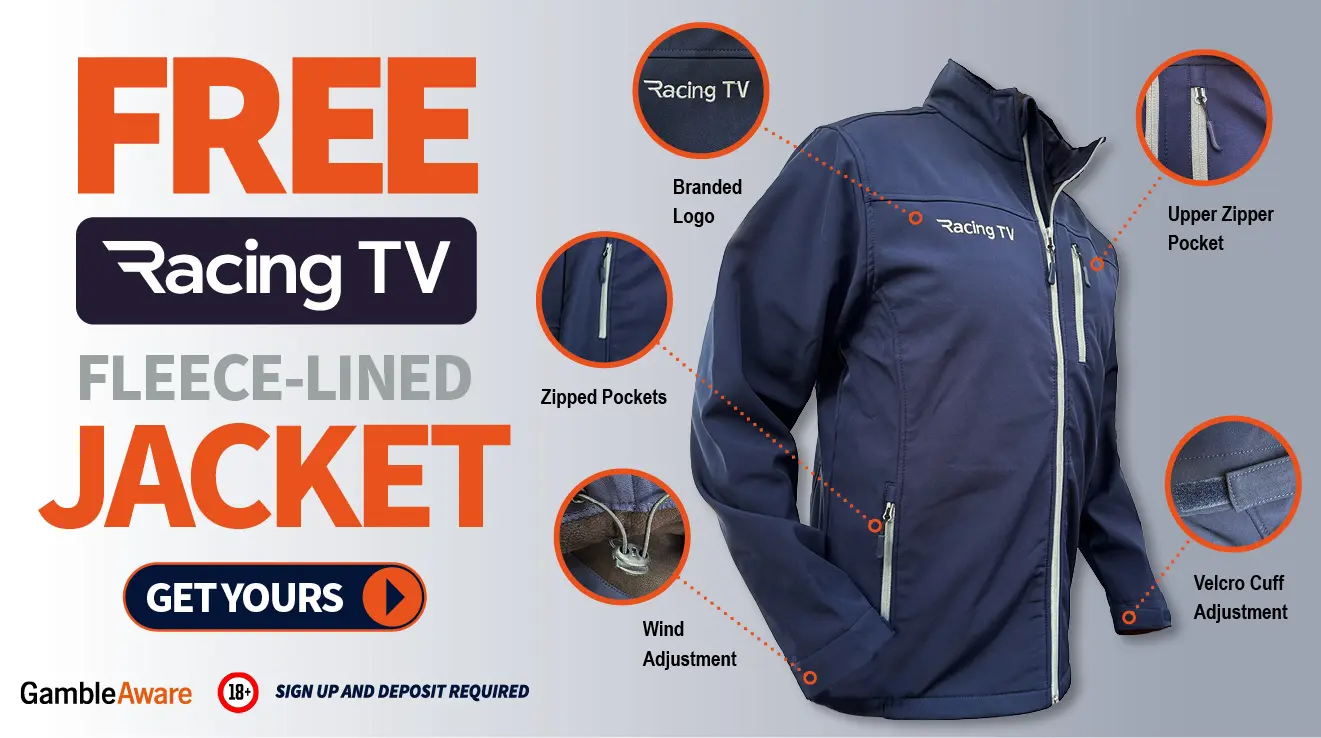Grand National tips and trends: 33/1 chance on shortlist

By Matt Tombs
Last Updated: Tue 1 Apr 2025
Trends expert Matt Tombs says the market is still underestimating a certain type of runner and shares his big-race three against the field in an informative must-read ahead of the £1m spectacular. It's live this Saturday on Racing TV!
The Randox has changed out of all recognition. Most punters know it has changed, but they underestimate the scale of change.
When analysing any race you need to know when its inherent nature is changing. Whether you just use your eyes and study form - or focus on analytical tools such as trends or sectional timings – if a race is fundamentally changing then what you know from previous renewals can become not just irrelevant but misleading.
If you can understand a change before the market accounts for it then you have a betting angle. I think there’s a real opportunity to do that in the Grand National at the moment.
The big change punters are still not factoring in
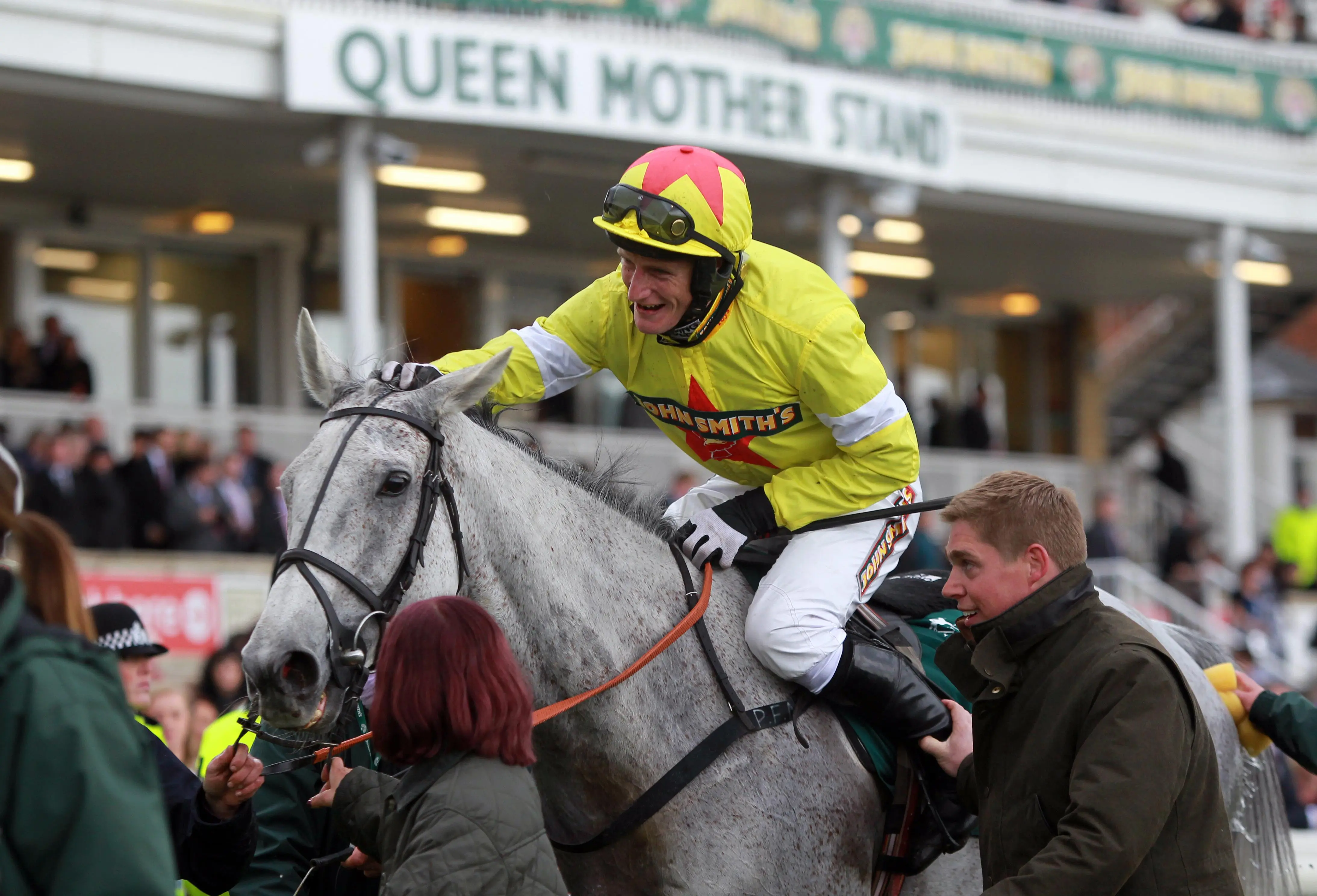
The Grand National has changed through evolution many times, but the revolution occurred in 2013 when the fences were radically changed. It’s important to explain that change, because the casual viewer might be forgiven for thinking the fences look similar. They aren’t. And I suspect it is that mirage of apparently watching similar green spruce fences - combined with a reluctance amongst many racing fans to accept how much the race has changed - that has led to the market not factoring the changes in accurately.
Until 2013 the fences had a wooden core made of wooden stakes, which were driven into the ground, dressed with birch and then padded. They were topped with around six to eight inches of tightly packed green spruce.
In 2013 the wooden core was replaced with plastic, which made the fence less rigid and so with more give. Crucially, with the overall fences the same height, (some have subsequently been altered slightly,) the spruce topping comprised about the top 14 inches of the fences. And the spruce was much more loosely packed.
Since then, my visual impression is that the proportion of the fence that is spruce has increased and it is now packed so loosely that it just gives way when horses jump through it. Viewers regularly see the plastic cores, especially on the second circuit from Foinavon onwards. So while the revolution occurred in 2013, there may have been some evolution towards even more forgiving fences since.
The old ‘Wooden National’ was primarily a test of jumping. Handicapping mattered less than the ability to take to a test that was completely different to anything else in the calendar. That is no longer the case. The ‘Plastic National’ is only slightly different to other top marathon chases. Firstly, we need to understand those differences and then we need to apply more traditional betting methods in that context.
What type of jumper thrives in the National now?
You no longer want a horse that jumps over the fences Red Rum style as that uses lots of energy, which you want preserved for the business end. Instead, you want a horse that will jump through the loose spruce on a lower trajectory and land with momentum.
You can therefore have ‘too good a jumper’ for the National now. An excellent jumper of park fences like Coko Beach loses that advantage in the National. Those that make mistakes hitting the top of park fences can jump through the top of the fences here.
Getting handicapped in a ‘different discipline’
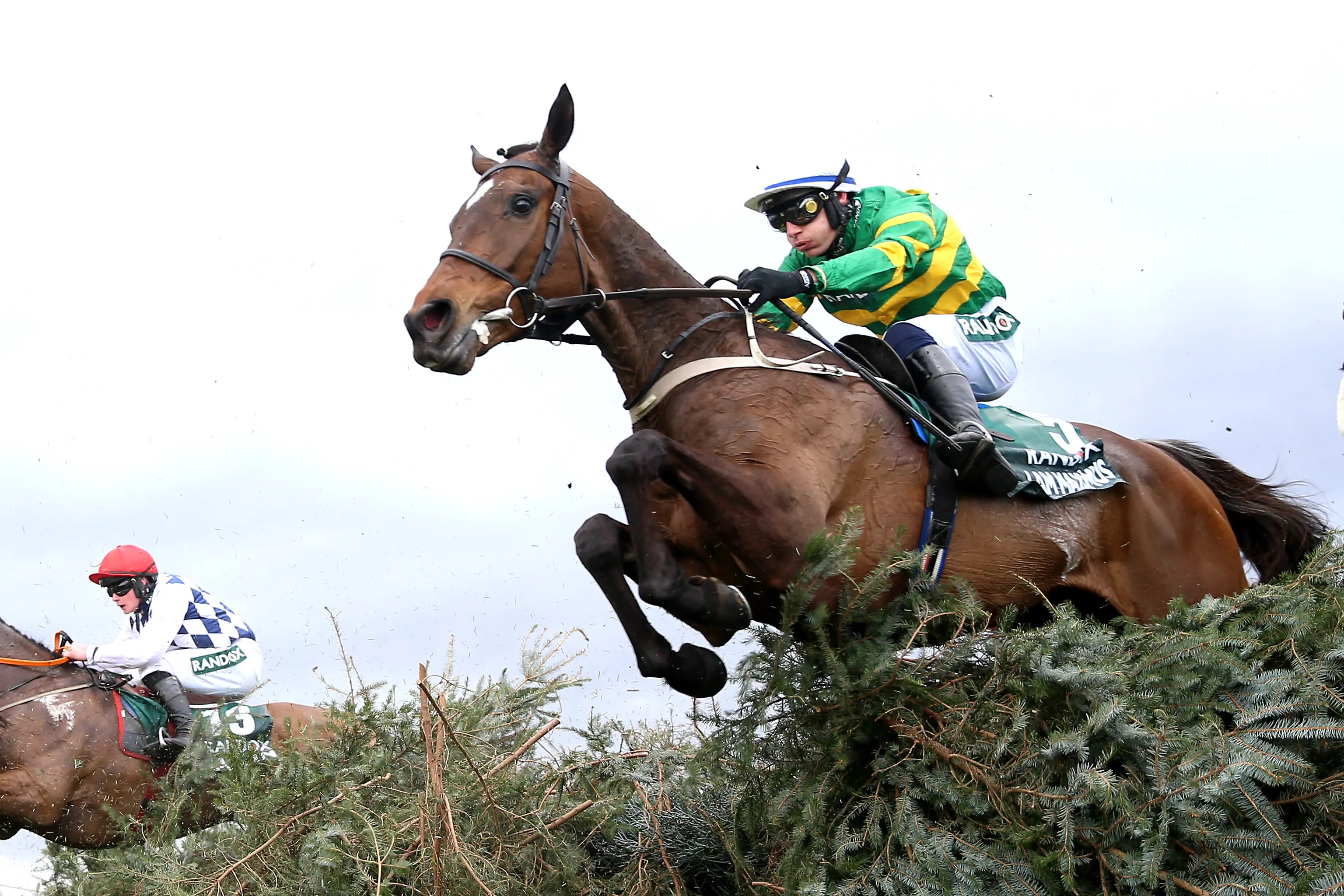
Every day horses get handicapped over very different trips, tracks and ground to which they ultimately exploit that handicap mark. In Britain, horses can get handicapped for fences purely over hurdles. Inevitably, some improve out of all recognition for the switch to chasing.
It isn’t as stark a contrast as between hurdles and park fences, but horses are mainly handicapped for the National on their form over park fences. (Of the current 34 making the cut, only seven have run over the National fences.) If a horse is compromising their performance over park fences by making mistakes, they get a lower handicap mark than they would otherwise.
If their jumping style suggests that they can jump through the brush-through National fences and so not make mistakes, then they may prove well handicapped. By contrast, a horse like Coko Beach has shown how fast they can run because they’ve jumped park fences so well. The handicapper is more likely to have their measure.
After Tiger Roll won the National Hunt Chase there was a debate about whether he should try the Irish National over the stiffer Fairyhouse park fences. As connections feared, he couldn’t cope with those but proved a specialist jumping through the Grand National fences – and was handicapped to win on his park fence form.
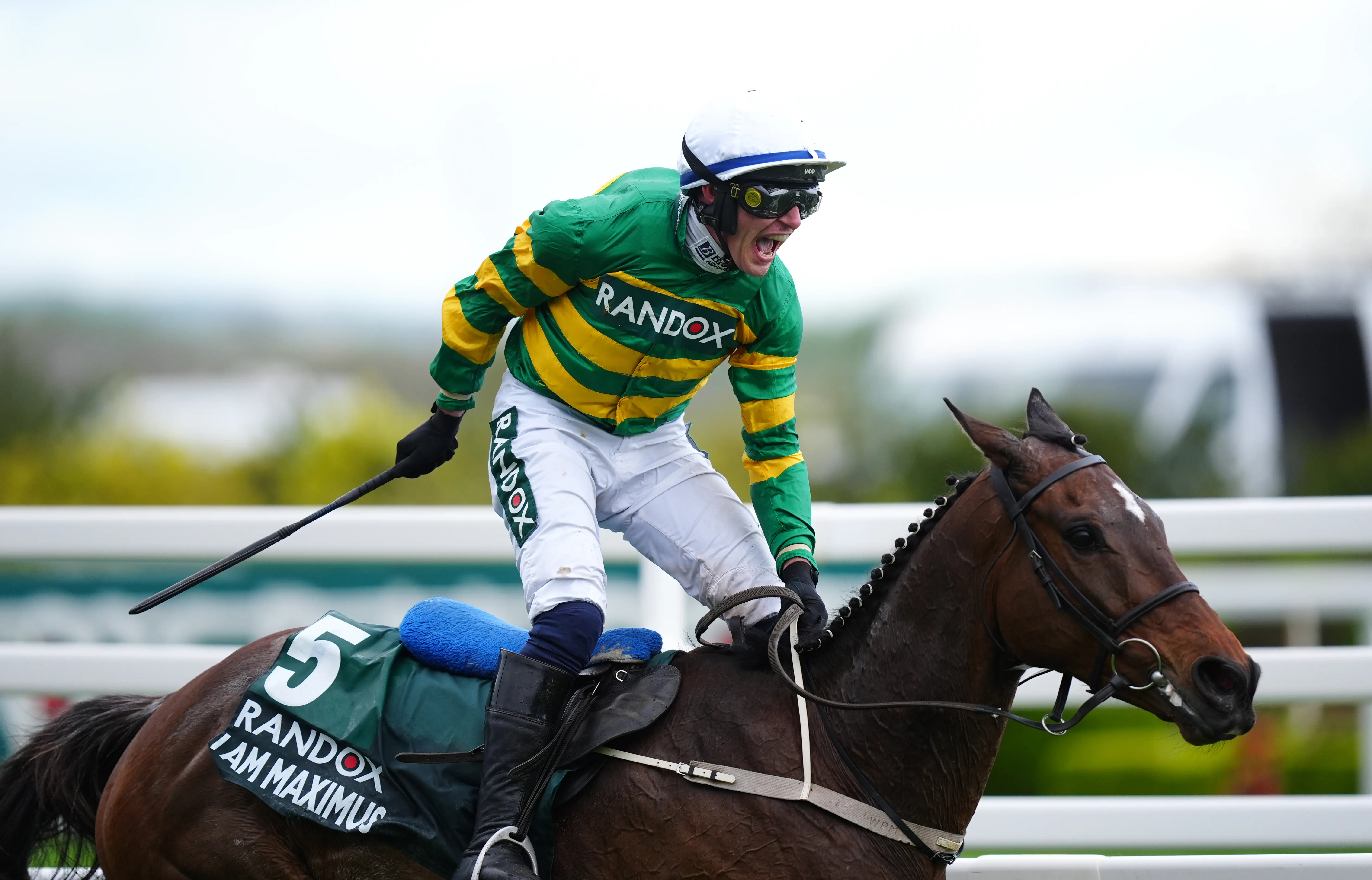
Last year on Road To Cheltenham, Ruby Walsh analysed I Am Maximus’ jumping in response to a question about whether he was a good enough jumper to even be allowed into the race. He jumped adequately enough to show his class at the business end.
Horses who have been moderate jumpers of park fences regularly win the National now. The tricky bit is working out which type of moderate jumper of park fences will take to the test here. I backed Vanillier two years ago and he finished like a train but he’d got himself behind by being cautious. If he jumps with momentum he’s a big player here, but that’s a big ‘if’ – he’s more one for in-running players.
You have to accept that there is a fair bit of uncertainty about it – not so much in terms of whether a horse can jump round (there were no fallers last year and only four unseats) but whether a horse, however they’ve jumped park fences, can get into an efficient rhythm. That question is crucial in other marathon handicaps but is complicated here by the different style of obstacles.
So with that jumping conundrum in mind, what are the under-bet factors in the National now?
Focus on second season chasers

Despite that, the good news is that I think the Grand National is a more straightforward race than a 34-runner handicap would suggest. One reason for that is the prestige and huge prize money attracts so many highly-rated horses, and we know more about such horses. Additionally, the desire for a runner (or runners) means that there are plenty of exposed types and some who have little chance of staying, so there are plenty that are easy to oppose.
The radically altered fences mean that the National is now much more like other big marathon chases – and punters need to treat it accordingly. This may be best illustrated by the record of second season chasers:
•
In the last 10 ‘Wooden Nationals’
Numbersixvalverde
was the only second season chaser to win.
•
In the most recent 10 renewals
Tiger Roll
(in 2019) was the only winner who was in their third season (or later) chasing.
That’s an incredible statistical turnaround – and crucially, it’s been under-bet. Since the fences were changed in 2013, runners in their first or second season over fences are 9/115 – 77pt (67%) profit. With the field reduced from 40 to 34 the benefit of experience is reduced, so this trend is likely to build.
At the time of writing, 13 of the 34 making the cut are in their first two seasons chasing. Obviously, that is not to say put a line through the other 21, but rather a suggestion that those 13 qualifiers should get plenty of your focus. The 13 are Nick Rockett, Grangeclare West, Perceval Legallois, Kandoo Kid, Iroko, Senior Chief, Broadway Boy, Stay Away Fay, Meetingofthewaters, Horantzau d’Airy, Three Card Brag, Duffle Coat and first-season chaser Hyland.
Looking at a different part of the ratings
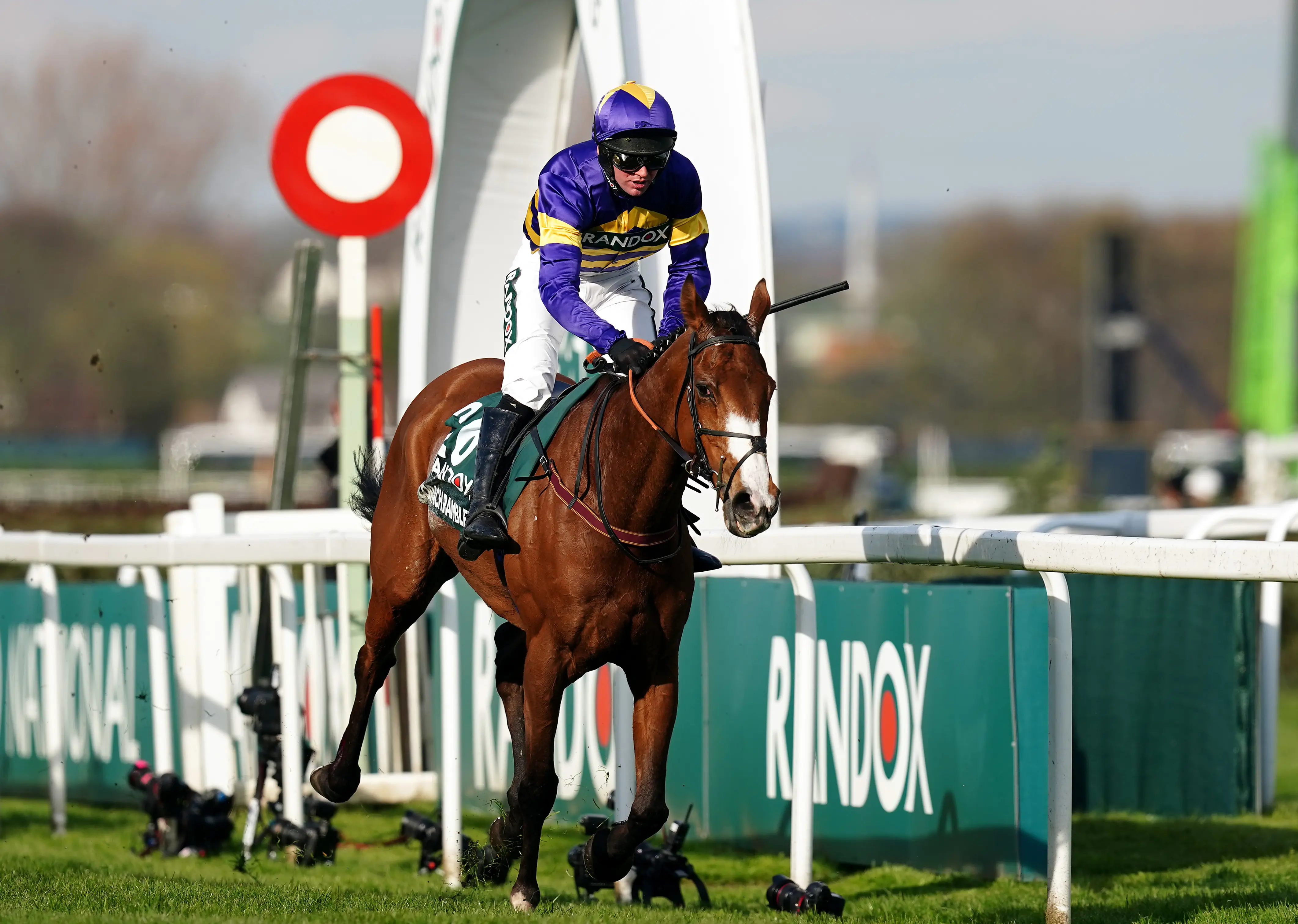
We’re looking for the sort of unexposed horse that wins so many top handicaps, but they need to be further up the ratings. Last year, the cut was at 146 and in the final three 40-runner renewals number 34 ran off 146, 145 and 143 (most recent last). The current cut is on 145.
So this is different to unexposed first-season chasers winning at the Festival this year – Myretown off 127 in the Ultima, Jazzy Matty (135) in the Grand Annual and Jagwar (139) in the Plate. In the future there should be more (high-class) first-season chasers winning the National as trainers cotton on and run them, but that isn’t happening yet. Hyland would be only the seventh to try in the 12th ‘Plastic National’ (Noble Yeats won at 50/1.)
Therefore, in the short term it is quite highly-rated second-season chasers that are likely to continue to dominate. Given the rating needed to get a run, to be well-in enough to win they are often embryonic Grade One horses.
Of the last three winners:
•
I Am Maximus
(won off 159) had already won the Grade One Drinmore (and would have been interesting for the Gold Cup had connections gone down that route)
•
Corach Rambler
(146) went on to be third in the Gold Cup the following year
•
Noble Yeats
(147) went on to be fourth in the Gold Cup the following year
It’s worth noting that those three winners had had 9-9-7 runs over fences respectively. The number of chase starts winners have had is dropping as connections realise that chasing experience is less valuable (compared to showing more of your hand to the handicapper.)
The first four home last year were Grade One winners and, while that’s unlikely to be the norm, it is indicative of the sort of quality you need for the National now. Grangeclare West is the only Grade One winner over fences among the second-season chasers this year.
On the basis that you never take trends literally but work with the theory behind them, Iroko was second to Gold Cup winner Inothewayurthinkin in the Grade One Mildmay and Hyland was second to The Jukebox Man in the Grade One Kauto Star.
Focus on the front of the market

These classy, unexposed second-season chasers that are winning the National now are on punters’ radars much more than the more exposed, clever jumpers that used to win the old ‘Wooden National’. In consequence, the race has become much more predictable.
In the last seven renewals there have been:
•
Three winning favourites (including a joint favourite)
•
Three of the other four winners came from the first five in the SP market
•
The only upset was Noble Yeats who went off 50/1 - in good part because he was a first-season chaser and punters thought he therefore couldn’t win
There are plenty of races in the calendar where the favourite typically goes off much shorter than 20 years ago. That’s less the case in the National - I Am Maximus went off 7/1 joint-market leader last year, the same price as winning favourite Hedgehunter 20 years ago.
In the last seven Nationals, if you’d backed the front five in the market blind you’d have found six of the seven winners and made a 23pt (62%) profit.
If you can get your head round how much more predictable a handicap the National is now, some of those towards the front of the market suddenly look juicy prices.
My three against the field
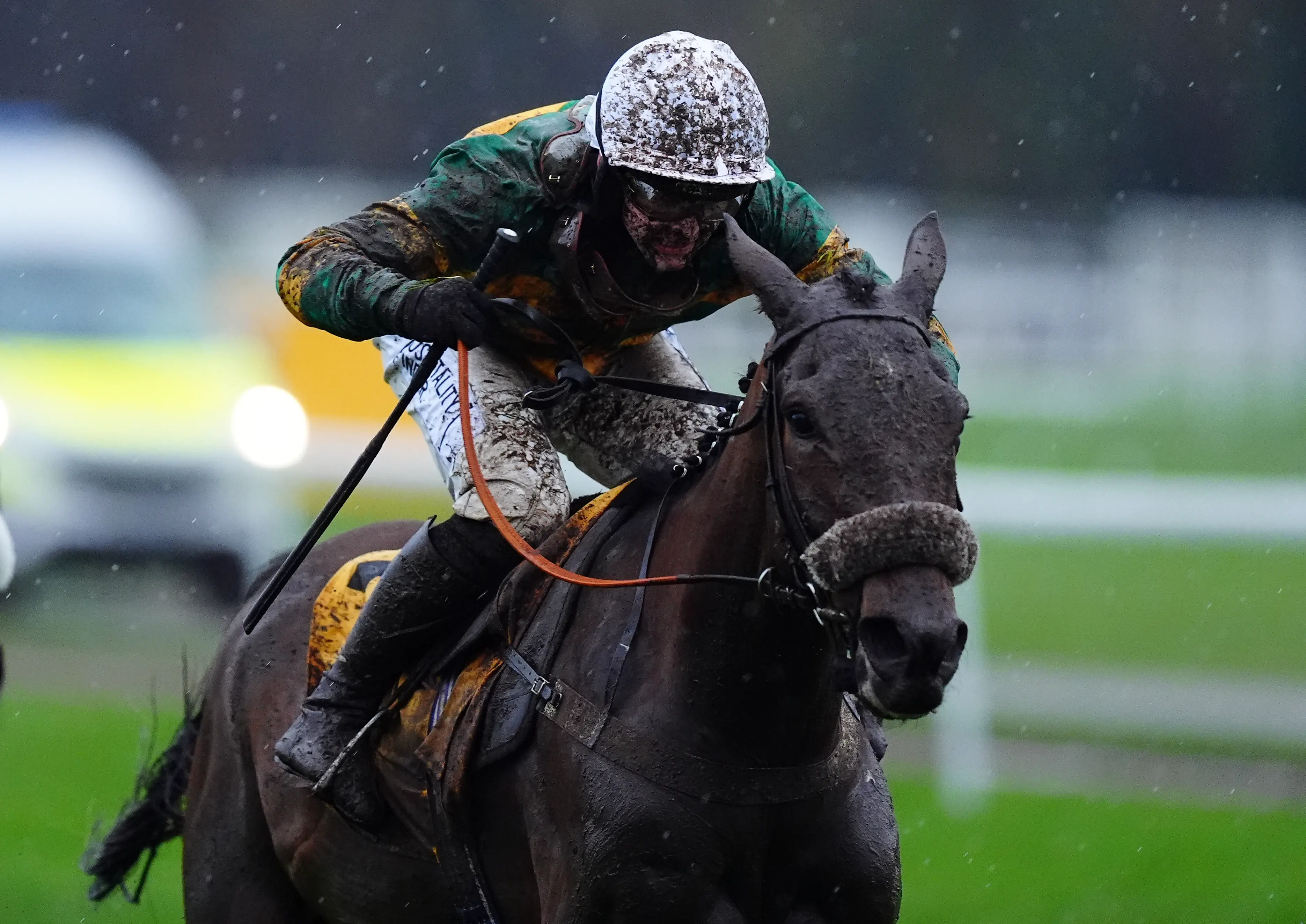
Firstly, given how well the front of the market is doing, Iroko looks very well handicapped off 152 now on his 4L second to Gold Cup winner Inothewayurthinkin (now rated 175) in the Mildmay, 1¼L ahead of Ryanair runner-up Heart Wood (now rated 160). You can put a line through much of his (still decent) form this season as he’s been trained with this day only in mind.
In other handicaps against the same field, he’d be a fair bit shorter than 17/2. The market hasn’t caught up with how much more predictable the National is now and there looks plenty of juice in that price. He looks the most likely winner.
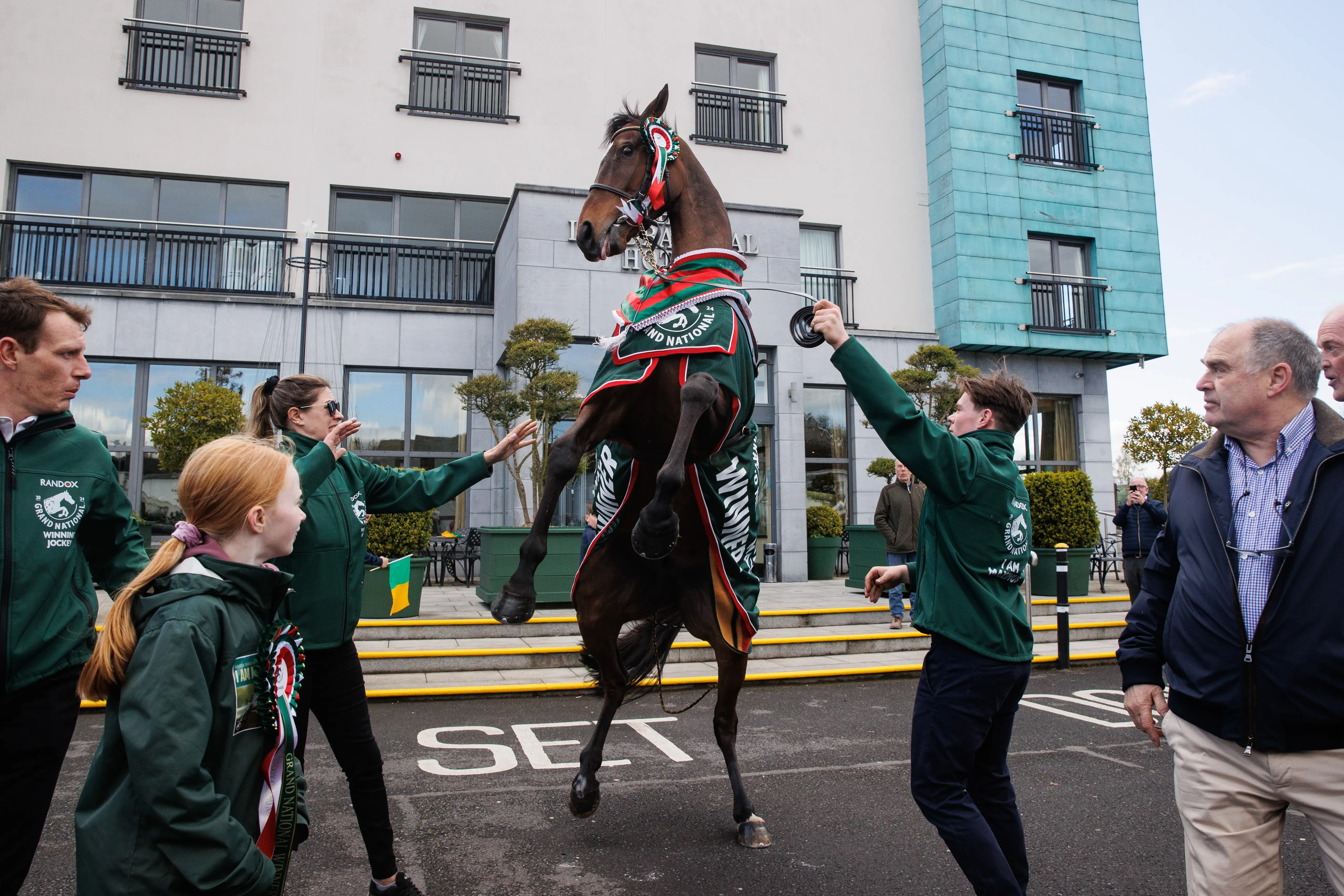
Secondly, while horses in their third season chasing and beyond have a bad record in the last 10 renewals, I Am Maximus (8lb higher this year off 167) is a mercurial type who always looks to have more in the tank than he’s showing. Similar to Iroko, you can ignore his runs this season and these brush through fences suit him better than park fences.
He won very easily last year and has the class to defy such a high mark if he decides to put his best foot forward. 11/1 looks too big a price.
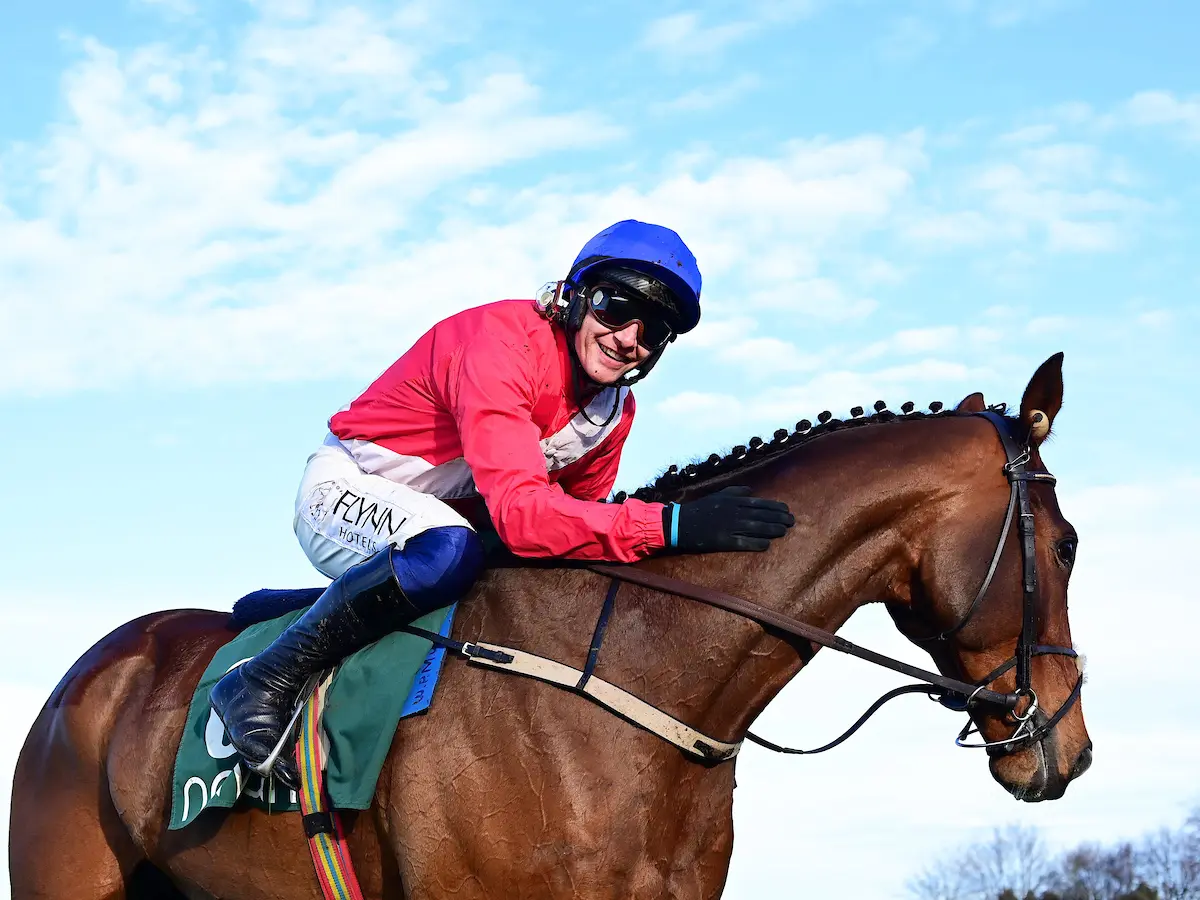
Thirdly, Grangeclare West easily beat Corbetts Cross and Flooring Porter in the Grade One Fort Leney last season. In February he was 4¾L second to Galopin Des Champs in the Irish Gold Cup, just ahead of runaway Ryanair winner Fact To File (now rated 172) and Gold Cup hero Inothewayurthinkin.
He bombed in his prep in the Webster Cup over 2m4½f but that was his first run on heavy ground and this son of Presenting - out of a Sir Harry Lewis mare - may have simply hated the underfoot conditions.
If you put a line through his last run he looks a proper Open Grade One horse getting in here off 163 - and he’d be nothing like 33/1 had he come straight from Leopardstown.
Most bookmakers went six places on the day last year but, with 34 runners, the maths are against you in the place market - especially if you’re playing towards the front of the market. To put it in context, most bookmakers were also offering six places on the opening day of the Festival last month in the 24-runner Ultima and 22-runner Fred Winter.
Splitting stakes and backing two or three win only can be a better use of your stake money – and for more social punters it also increases the chance of having a horse to cheer on at the business end.
Good luck!
Most viewed
The 2025 Grand National: guide to runners and jump ratings
Grand National: BHA explains decision to bar Mr Incredible from taking part
The 2025 Grand National: Will it pay to go grey?
Racing TV presenters and pundits nominate their Flat horses to follow in 2025
Grand National: Stumptown to be re-equipped with blinkers, says Cromwell
Copyright 2025 Racing TV - All Rights Reserved.
Please bet responsibly
Copyright 2025. All rights reserved

